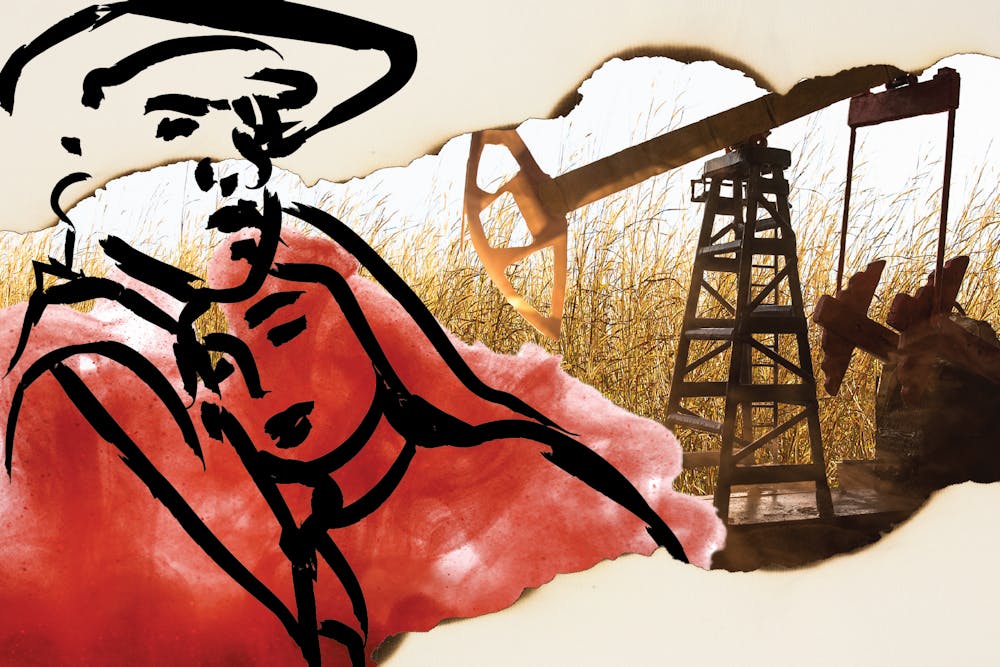Martin Scorsese tells an uncensored story of the greed-fueled history of violence against the Indigenous people of the Osage Nation in his newest epic drama, “Killers of the Flower Moon.”
Scorsese is testing audiences’ devotion to cinema with the film’s runtime, which is almost 3.5 hours.
Notorious for his lengthy and ponderous films, Scorsese’s work might be best enjoyed in theaters, but his hard-to-watch dramas aren’t encouraging audiences to flock to AMC Theatres and Regal Cinemas like the “Barbie” frenzy of the summer.
Despite its runtime and somber tone, “Killers of the Flower Moon” is a beautifully constructed film that does not shy from depicting the scope of terror brought on the Osage people in the 1920s.
The Osage were forcibly relocated to a reservation in Oklahoma by the U.S. government in the mid-1800s and made a fortune after finding oil on their land. By the early 20th century, the Osage people were rich, contradicting harmful stereotypes against Indigenous wealth at the time.
The film follows the true story of Ernest Burkhart, portrayed by Leonardo DiCaprio, and his wealthy uncle, played by Robert De Niro. After serving in World War I, Ernest moves to Osage country, where his uncle evidently holds serious power and influence.
His uncle urges Ernest to marry an Osage woman, suggesting the union would be “a smart investment,” as a white husband would gain control of his Indigenous wife’s headright money, which is a portion of funds from oil mining.
Ernest marries Mollie, a stoic and enticing Osage woman, beautifully portrayed by actress Lily Gladstone, and quietly schemes with his uncle to garner the money belonging to Mollie and her family.
Soon, a wave of Osage people, including Mollie’s sisters, die under mysterious circumstances, but the white town doctors and sheriff make little effort to investigate.



